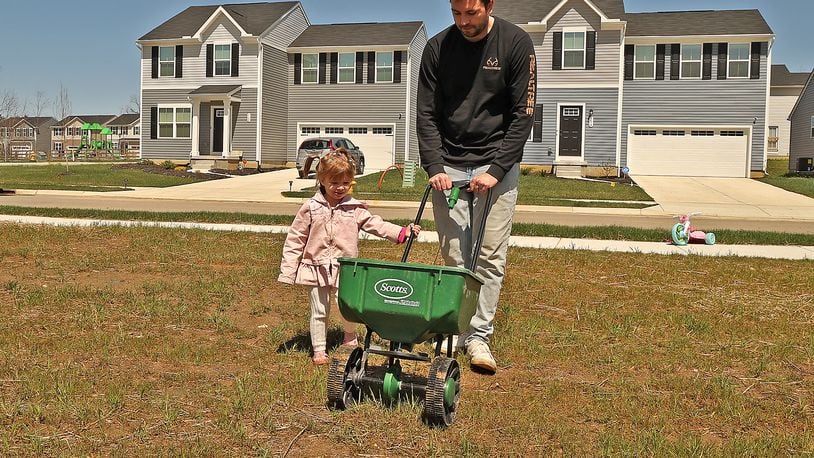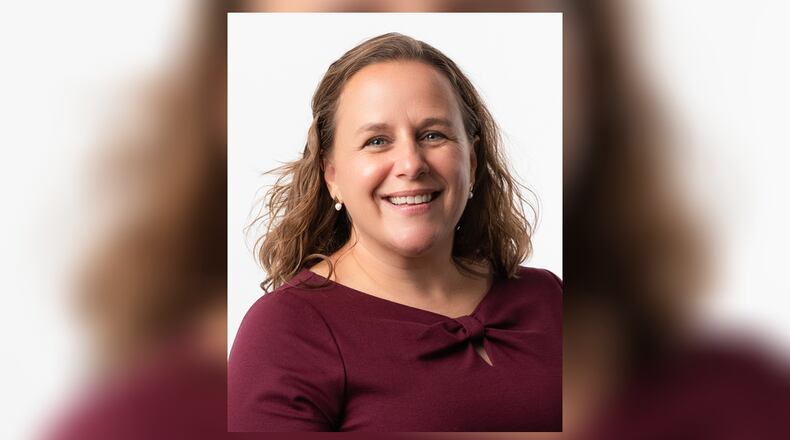The affordable housing crisis is now blatantly evident here and all across Ohio. My organization, the Coalition on Homelessness and Housing in Ohio (COHHIO), jointly issued a report with the National Low Income Housing Coalition showing that a full-time worker in Dayton needs to earn at least $16.77 an hour to afford a modest two-bedroom apartment. Analysis by the Dayton Daily News found many of Dayton’s most common jobs pay less than that: preschool teachers, childcare workers, school bus drivers, ambulance drivers, home health aides, nursing assistants, hotel clerks, pharmacy aides, retail salespersons, cashiers, hairdressers, laborers, landscapers, maids, janitors, cooks, dishwashers, fast food workers, and the list goes on.
Meanwhile, rent hikes are outstripping wage increases. Rents in Dayton increased 12 percent over the last 12 months, according to Apartment List data.
High rent burdens and poor housing conditions impact all aspects of a person’s life, most importantly their health. I saw this firsthand in my previous job with CareSource, where I helped Medicaid clients access stable housing to improve their health and reduce healthcare spending. CareSource invested in Healthy Beginnings at Home, a research study measuring how housing assistance improves birth outcomes for at-risk pregnant women, while saving taxpayer dollars.
When Kayla came to Healthy Beginnings, she had already experienced five miscarriages and lost one baby who was born premature. She struggled with asthma, bipolar disorder, and depression, and a criminal conviction made it extremely difficult for her to find stable employment and housing. But Kayla was resourceful and determined to provide for her family. Healthy Beginnings helped her find an affordable apartment in Columbus, and she soon gave birth to a beautiful, healthy baby girl. Stable housing allowed her to care for a thriving child, while obtaining her Community Health Worker certificate, greatly improving her job prospects.
Ohio has a shortage of over 250,000 housing units that low-income workers, like Kayla, can afford. We must increase the supply of affordable homes to give all Ohioans the opportunity to raise healthy, thriving families. Effective tools are available, such as the Low Income Housing Tax Credit Program, but current production levels barely allow the state to maintain the existing deficit of affordable housing; it’s not enough to address the shortage.
We cannot continue to tread water indefinitely. Fortunately, we don’t have to. The federal American Rescue Plan Act (ARPA) sent over $5.5 billion to Ohio to help our state recover from the economic shock of the pandemic.
It is time for Gov. DeWine and state legislature to implement COHHIO’s proposal to invest $308 million in ARPA funds to create affordable homes for people experiencing homelessness, low-income seniors and families, and Ohioans with disabilities. This is a one-time expenditure of federal dollars to fix a growing, long-term problem. Over 230 groups have endorsed this plan, including the Ohio Chamber of Commerce, Ohio REALTORS, the Ohio Bankers’ League, CareSource, Huntington Bank, Nationwide Children’s Hospital, PNC, and the Ohio Apartment Association.
Home is the foundation for healthy families and thriving communities. We have the opportunity to build affordable homes and a better future for Ohio. This foundational investment will help span the low wage-high rent gap and pay dividends to our children for many years to come.
Amy Riegel became the Executive Director of the Coalition on Homelessness and Housing in Ohio (COHHIO) in June. Amy has previously served as CareSource’s Senior Director of Housing and managed homelessness and housing programs for the City of Dayton.
Housing affordability in the Miami Valley

As rents continue to climb across the region and many local residents find themselves working in occupations that on average do not pay enough for them to afford modest rental units, affordable housing is becoming an increasingly important issue for our communities and communities across the nation. New housing and commercial developments are planned across our region and each one sparks heated debate among residents who will live near them, the developers of these projects and civic leaders who must balance the needs of existing residents with growing the local economy and attracting newcomers.
» Springfield and the entire country needs more housing, fast
» We need to be smart, responsible with our growth
» Plan provides multi-year roadmap for neighborhood solutions
» Displaced Anthony Wayne residents asking for a fair shot
» New hotel in downtown Hamilton will make the city proud
» Cost of redevelopment should not include displacing residents
About the Author


